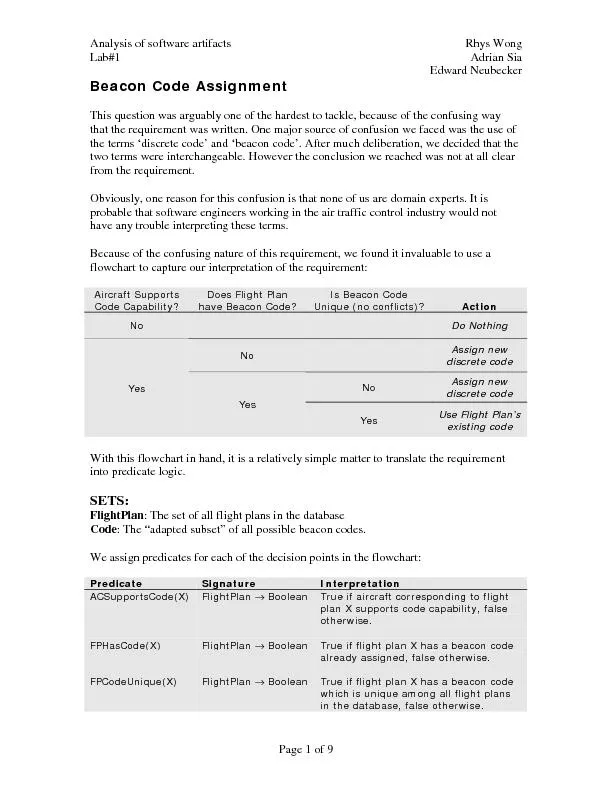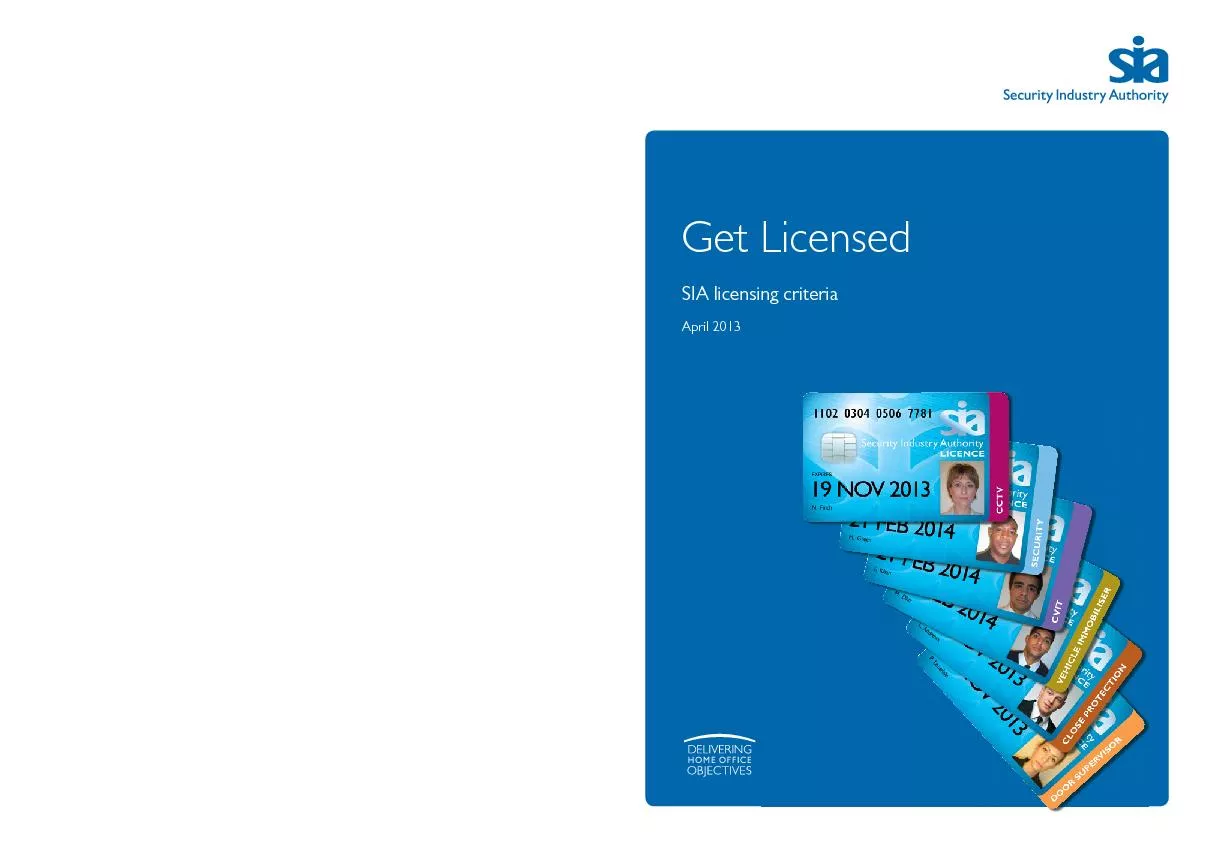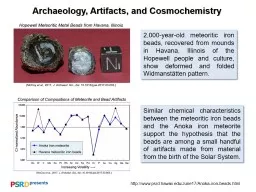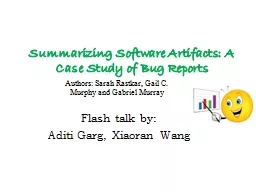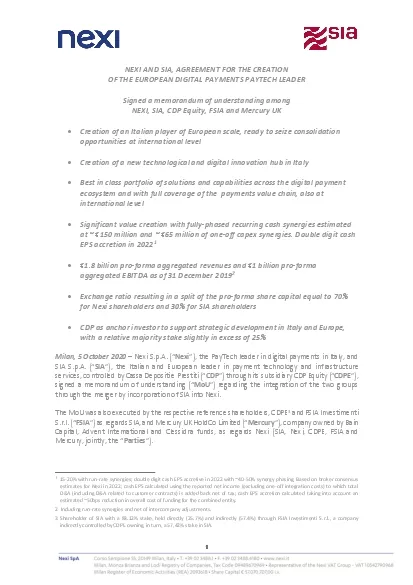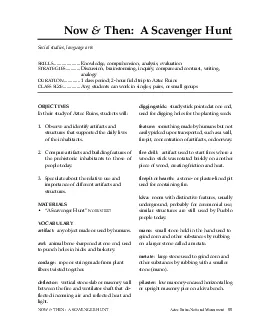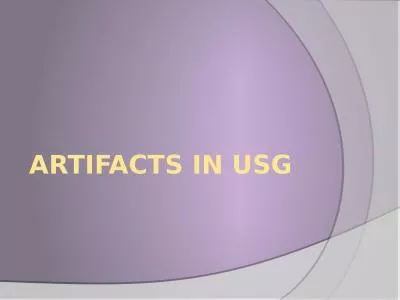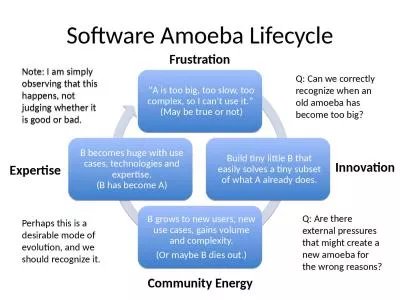PDF-Analysis of software artifacts Rhys Wong Lab#1 Adrian Sia Edward N
Author : sherrill-nordquist | Published Date : 2016-05-04
Aircraft Supports Code Capability Does Flight Plan have Beacon Code Is Beacon Code Unique no conflicts Do Nothing No Assign new discrete code No Assign new discrete
Presentation Embed Code
Download Presentation
Download Presentation The PPT/PDF document "Analysis of software artifacts Rhys Won..." is the property of its rightful owner. Permission is granted to download and print the materials on this website for personal, non-commercial use only, and to display it on your personal computer provided you do not modify the materials and that you retain all copyright notices contained in the materials. By downloading content from our website, you accept the terms of this agreement.
Analysis of software artifacts Rhys Wong Lab#1 Adrian Sia Edward N: Transcript
Download Rules Of Document
"Analysis of software artifacts Rhys Wong Lab#1 Adrian Sia Edward N"The content belongs to its owner. You may download and print it for personal use, without modification, and keep all copyright notices. By downloading, you agree to these terms.
Related Documents

